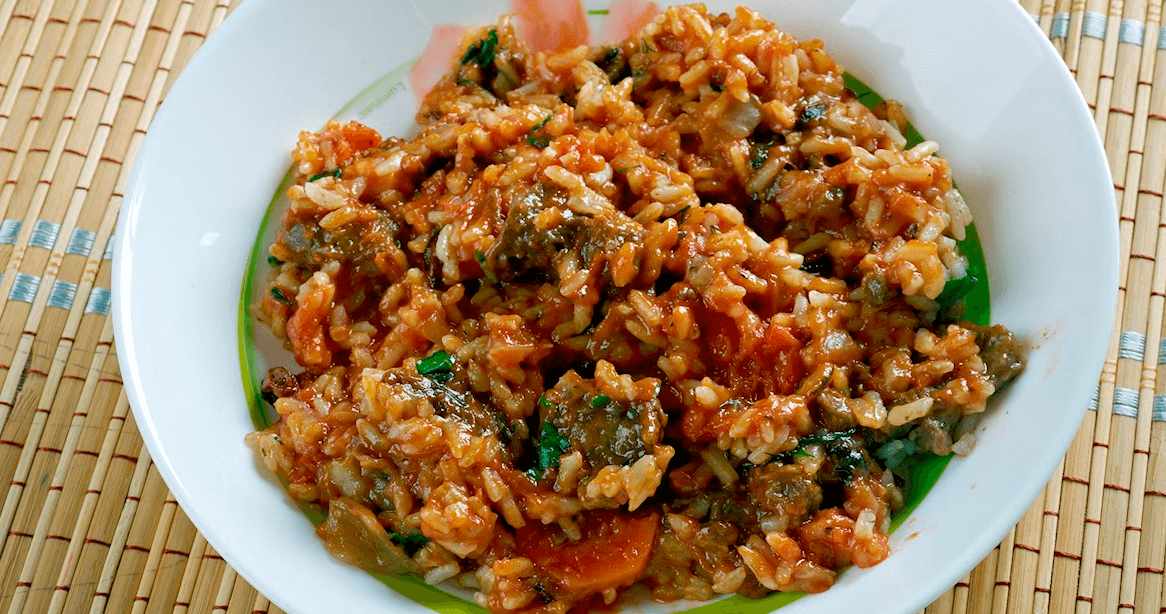Let's have a look at the Djibouti National Dish. Djibouti, a small but culturally diverse nation nestled in the Horn of Africa, boasts a rich culinary heritage that often remains hidden from the global gastronomic spotlight. One of its best-kept secrets is the mouthwatering "Skudahkharis," Djibouti's national dish. In this article, we'll embark on a culinary journey to discover the origins, ingredients, preparation, and cultural significance of Skudahkharis. Get ready to tantalize your taste buds and explore the essence of Djibouti through its iconic dish.
What is Skudahkharis?
Skudahkharis is more than just a meal in Djibouti; it's a cultural emblem, a symbol of unity, and a testament to the nation's rich history. At its core, Skudahkharis is a hearty stew that blends aromatic spices, tender meats, and a unique type of pasta known as "Skudah." This delectable dish embodies Djibouti's fusion of flavors, reflecting its Indian, Arabian, and African influences.
The Origins of Djibouti National Dish
To truly understand Skudahkharis, one must delve into its origins. This iconic dish traces its roots back to Djibouti's nomadic communities, who crafted it as a simple yet satisfying meal during their travels across the arid landscapes. Over time, Skudahkharis evolved, incorporating various culinary influences and becoming a beloved national treasure.
Preparing Djibouti National Dish: A Culinary Adventure
Ingredients
Creating the perfect Skudahkharis requires a medley of ingredients, each contributing to the dish's unique flavor profile. Here are the key components:
- Skudah: The heart of the dish, Skudah, is a type of pasta made from durum wheat semolina. It resembles tiny pearls and plays a central role in Skudahkharis.
- Meat: Djiboutians often use goat or lamb as their meat of choice, adding a rich and savory dimension to the stew.
- Spices: A fragrant blend of spices, including cumin, coriander, turmeric, and cinnamon, infuses Skudahkharis with its distinctive taste.
- Vegetables: Onions, tomatoes, and garlic bring depth and freshness to the stew.
Preparation
- Cooking the Meat: The meat is simmered until tender, infused with spices that create a flavorful base.
- Adding Skudah: Skudah is then added, absorbing the savory broth and becoming plump and tender.
- Vegetable Medley: Onions, tomatoes, and garlic are sautéed separately and added to the stew, enhancing its aromatic complexity.
- Simmering to Perfection: The dish is allowed to simmer until all flavors meld, resulting in a delightful harmony of tastes and textures.
Skudahkharis: A Culinary Symbol
Skudahkharis isn't merely a dish; it embodies the very essence of Djibouti's culture and identity. It's a symbol of unity, bringing families and communities together for cherished meals and celebrations. This culinary treasure reflects the warmth and hospitality that define Djibouti, inviting all who taste it to savor the nation's traditions and history.
Conclusion
Skudahkharis, Djibouti's national dish, is more than a culinary delight; it's a testament to the nation's history, culture, and unity. This flavorful stew, with its blend of spices, tender meats, and unique pasta, offers a taste of Djibouti's diverse influences. As you savor each spoonful of Skudahkharis, you'll not only experience a gastronomic adventure but also gain insight into the heart and soul of this remarkable nation.
Djibouti National Dish: FAQs
- What makes Skudahkharis unique among African dishes?
Skudahkharis stands out due to its fusion of Indian, Arabian, and African flavors, resulting in a one-of-a-kind culinary experience.
- Can I find Skudahkharis outside of Djibouti?
While it's primarily a Djiboutian dish, you may encounter variations of it in neighboring countries with similar culinary influences.
- Are there vegetarian versions of Skudahkharis?
Yes, vegetarian renditions of Skudahkharis exist, replacing meat with plant-based protein sources like chickpeas or lentils.
- What occasions is Skudahkharis typically served for?
Skudahkharis is often prepared for festive gatherings, weddings, and family reunions, making it a symbol of togetherness.
- Where can I find authentic Skudahkharis recipes?
To experience the true flavors of Skudahkharis, seek out Djiboutian cookbooks or connect with locals who can share their family recipes.
References
- "Djibouti Cuisine." Food and Agriculture Organization of the United Nations.
- "Exploring Djibouti: The Land of Skudahkharis." Travel Djibouti.
- "Skudahkharis: The Djiboutian Culinary Delight." Afrikanza.
- "Djiboutian Cuisine: A Fusion of Flavors." BBC Travel.
